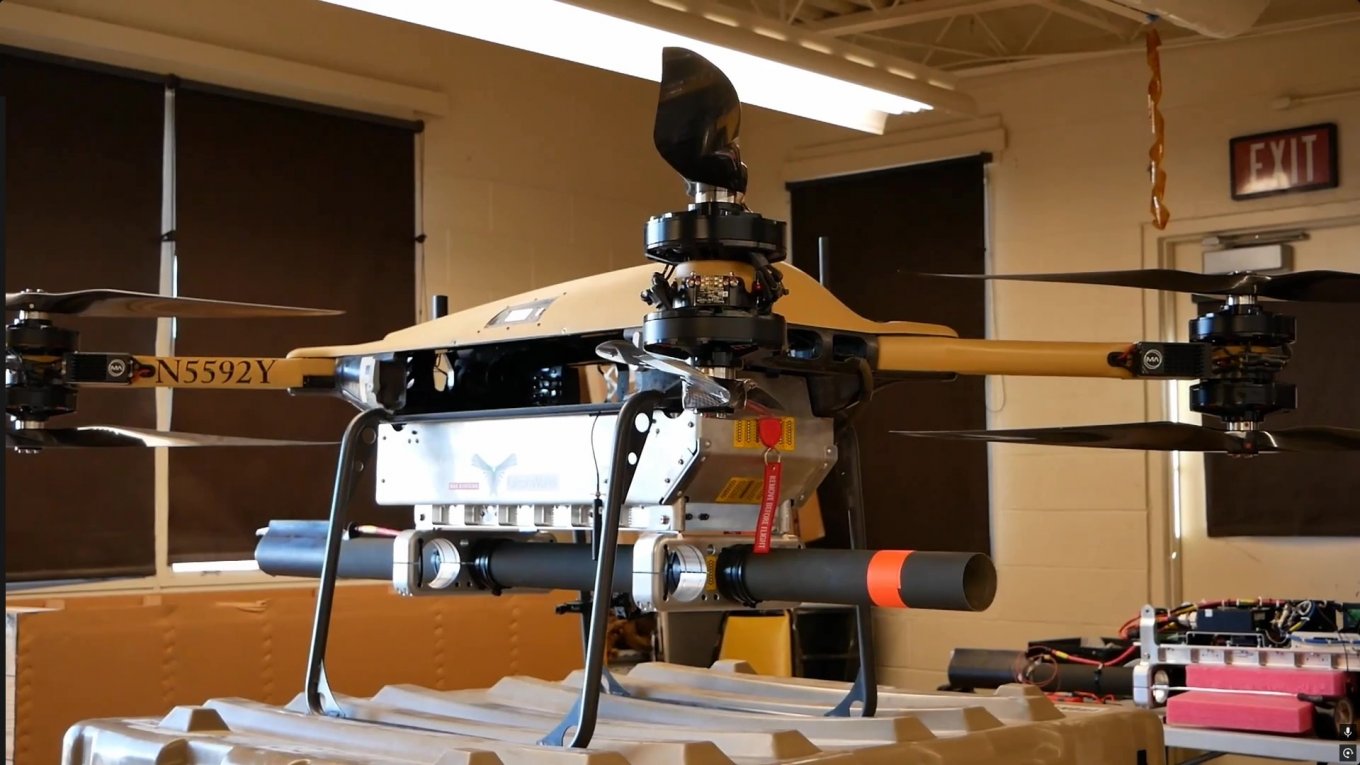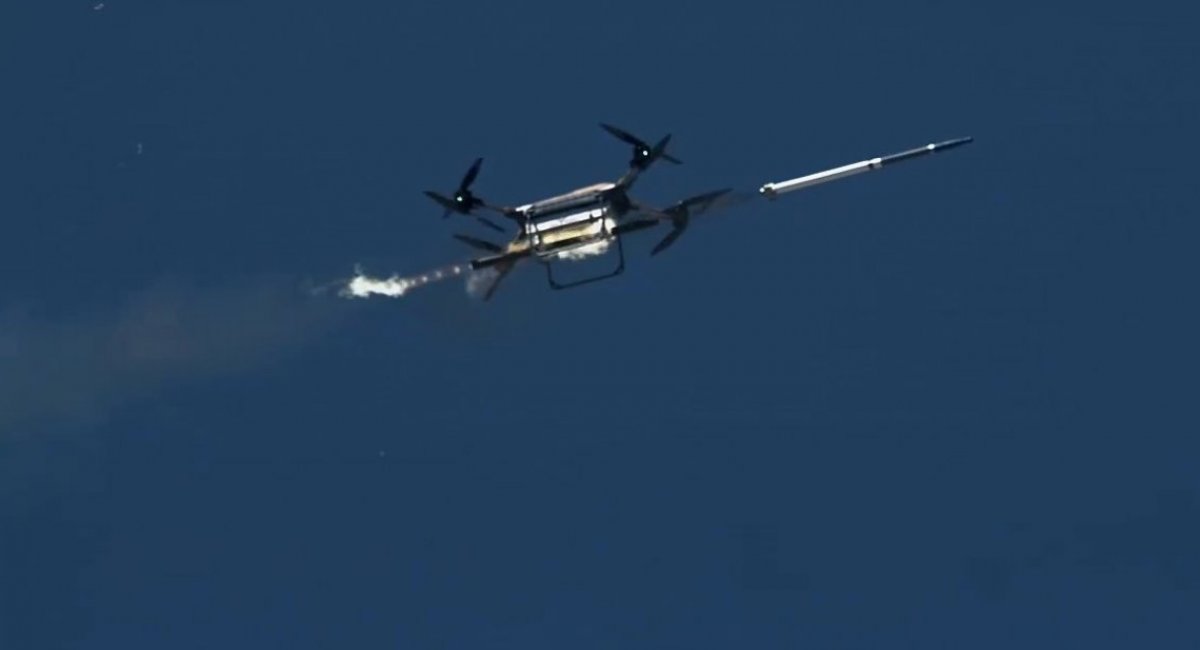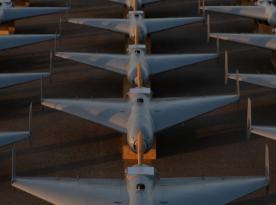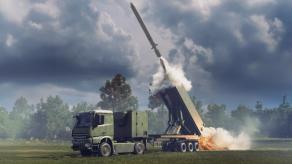The British company BAE Systems continues to expand the capabilities of its APKWS guided rocket, which is currently one of the most effective and economically viable means of combating unmanned aerial vehicles. The company's press service has now demonstrated in practice the rocket's ability to launch from the TRV-150 UAV, a modified version of the heavy Malloy T-150 copter drone.
An important aspect of these tests is that Ukraine is an operator of both components of this system. The Malloy T-150 UAV was included in aid packages from the United Kingdom, and APKWS missiles have been supplied by the United States. Considering recent U.S. commitments to supporting Ukraine, the deliveries might continue.
Read more: Turkey Unveils Unique Kamikaze Drone-Ground Effect Vehicle That Flies Inches Above the Sea to Hunt Ships
The tests were conducted in the United States at a range in Utah and involved engaging both ground and aerial targets, the latter in the form of a UAV. It is important to note that APKWS uses semi-active laser guidance, and the target was illuminated by an external source, not the drone itself.
At minimum, the TRV-150 appears to be equipped only with a launcher for three APKWS missiles. This UAV is capable of lifting up to 300 kg, while a single APKWS weighs 15.8 kg. Therefore, it is safe to assume that three missiles are not the maximum capacity, even taking into account the weight of the launch system.

The goal of these tests, according to the developers, is to create a "new tactical solution at a fraction of the cost of traditional platforms." This rocket-drone combination is particularly attractive because it enables precision strikes against enemy targets at distances of around 6 km.
BAE Systems is not the first to explore the idea of mounting small precision-guided weapons on heavy drones. Another British company, Flyby Technology, previously integrated Martlet (LMM) missiles on its Jackal UAV. These missiles are also compact, weighing 13 kg, and are capable of hitting both ground and air targets. However, they use laser beam-riding guidance.
This solution gained interest in Taiwan in 2023, where the local company Geosat acquired a license to produce the UAVs, with plans to supply them to the national military starting in 2025. However, there's been no public confirmation of the contract's implementation so far.
Overall, these types of solutions appear to be potentially effective substitutes for some functions of attack helicopters or, at the very least, significant reinforcements for anti-tank defense. Moreover, the ability to launch APKWS from a heavy UAV once again demonstrates that a full-fledged fixed-wing UAV armed with such munitions could be a highly effective solution against threats like Shahed drones.
Read more: ODIN Win_Hit Interceptor Drone Now Engaged Against Shaheds: Key Specifications of the UAV












